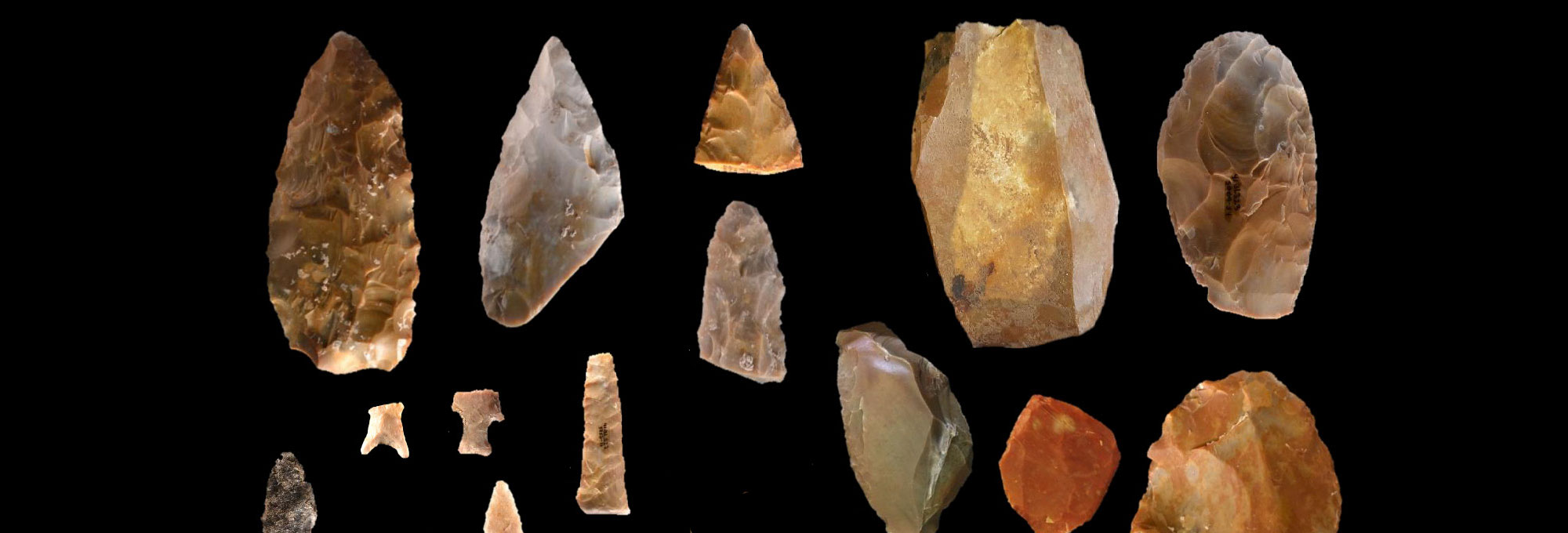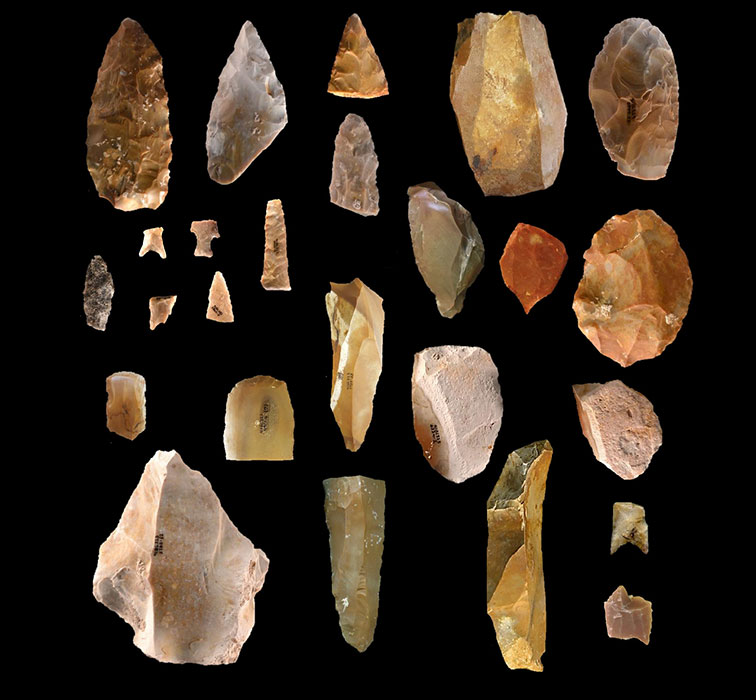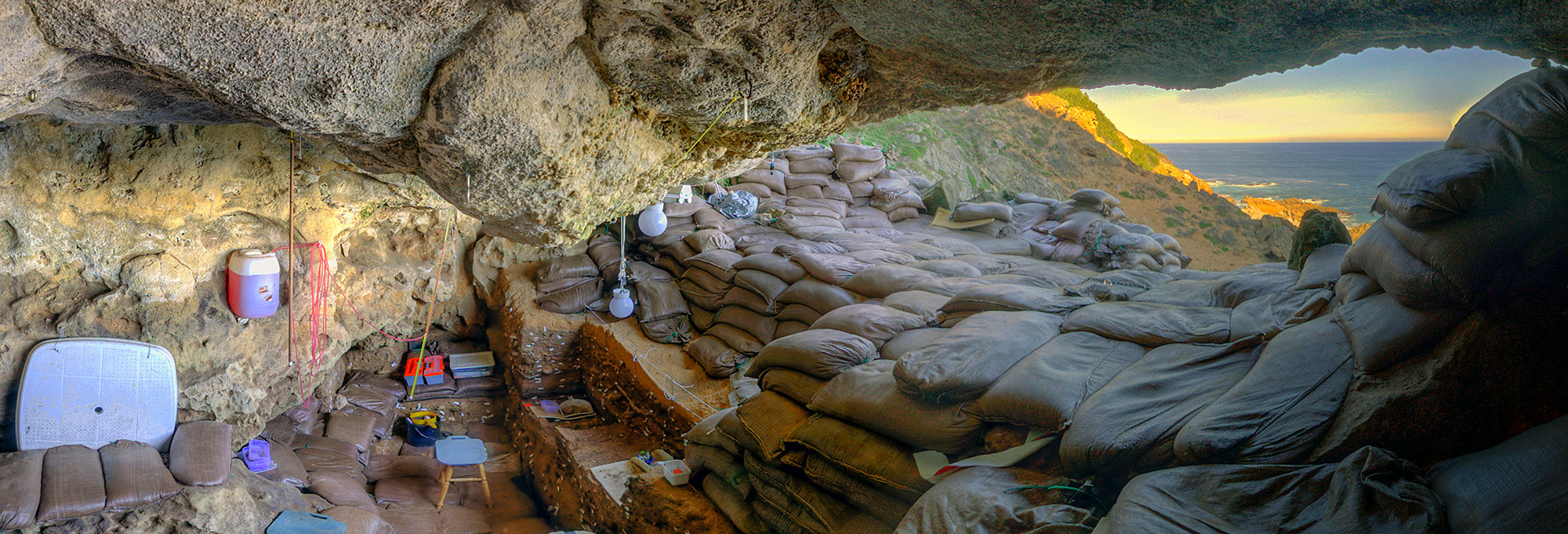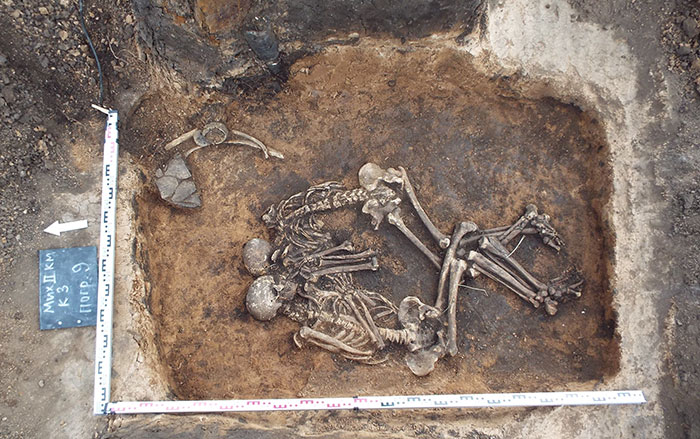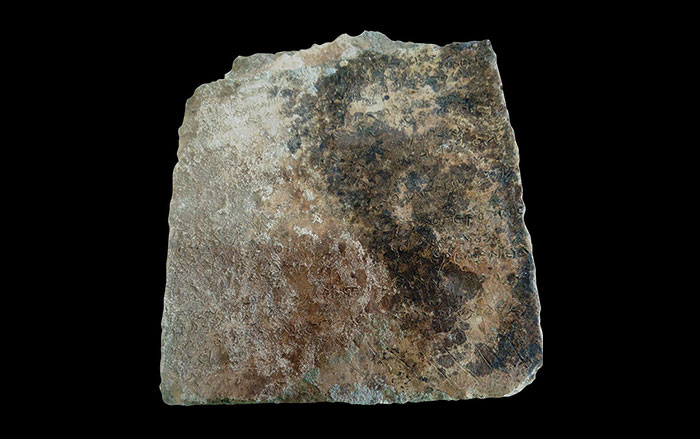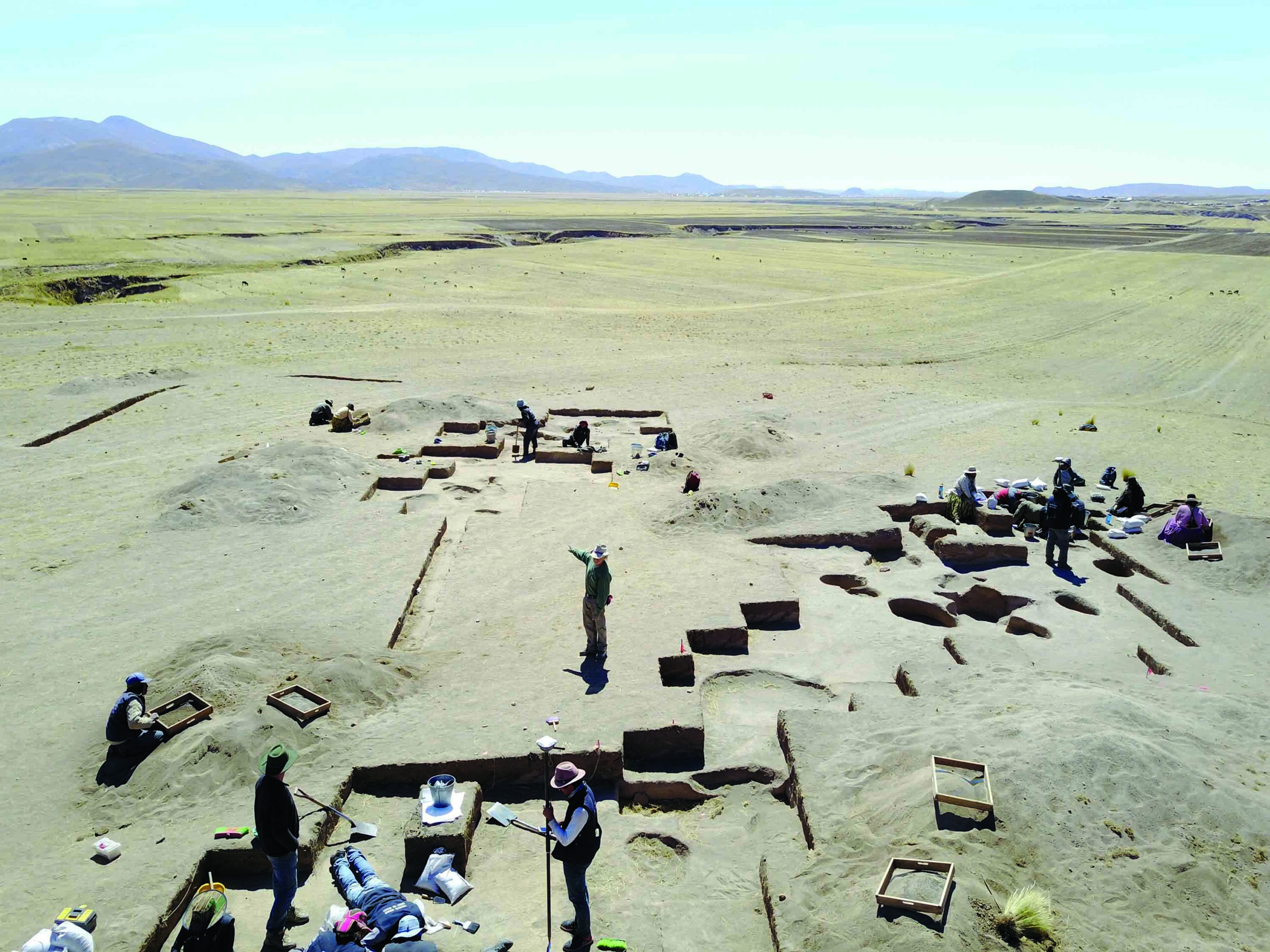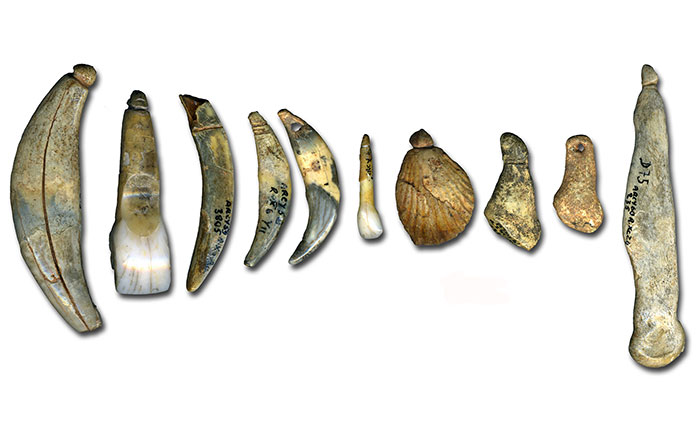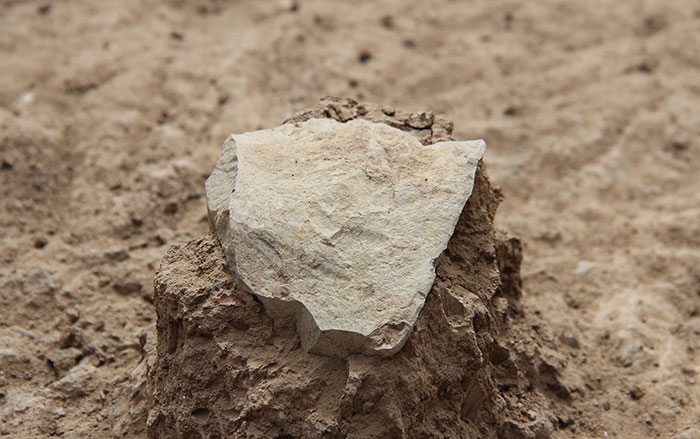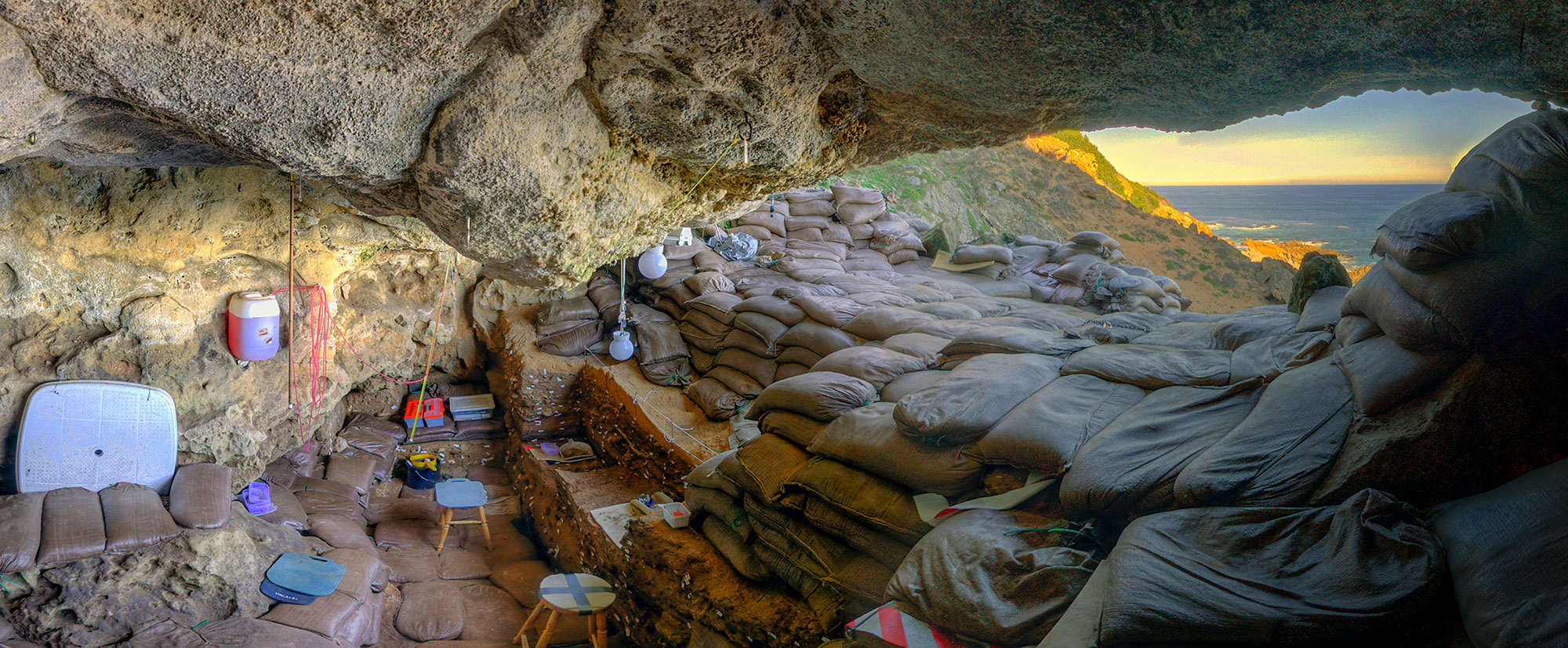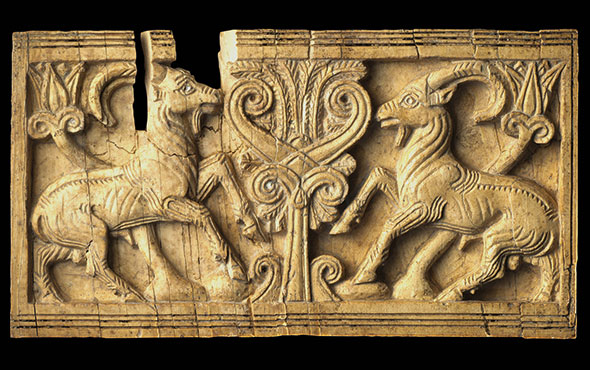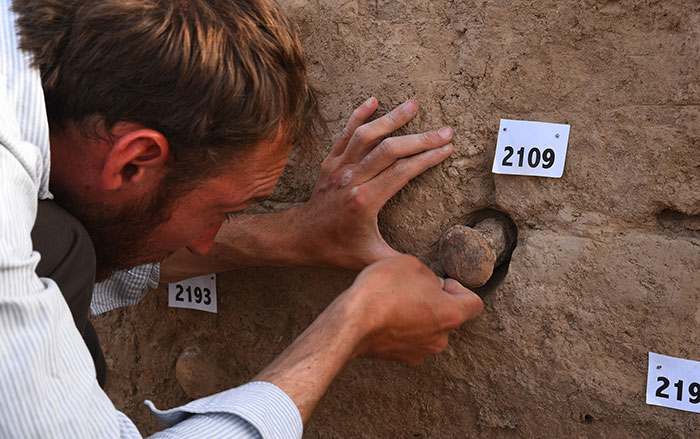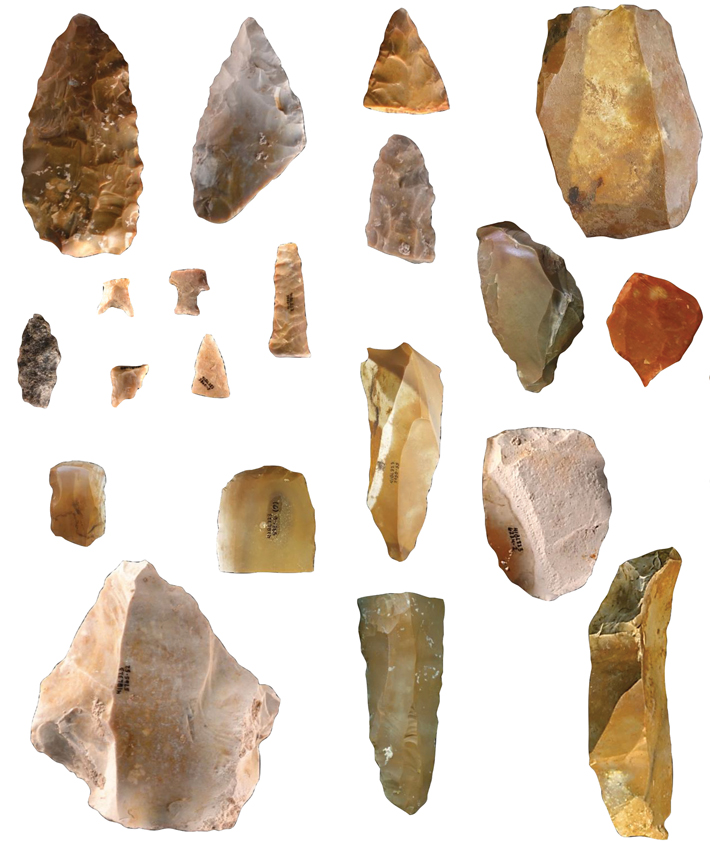
One of the most intriguing questions in American archaeology is, Who were the earliest people in the Americas? For much of the past 80 years, scholars have thought that they were members of the Clovis culture, whose ancestors came to North America from Siberia some 13,000 years ago. In recent decades, however, archaeologists have come to believe that people reached North America far earlier. A new discovery from the Gault site, in central Texas, offers robust evidence not only for a much earlier peopling of the Americas, but also of a previously unknown tool tradition that is older and more varied than scholars ever expected.
Archaeologists have found stone tools including projectile points, blades, and flake tools at the Gault site, the oldest of which date to between 20,000 and 16,000 years ago, thousands of years older than any of the fluted stone spear points for which the Clovis are known. “What we’re seeing is a well-developed toolkit,” says Tom Williams of Texas State University. “These were clearly people adapted to surviving in their environment.”


